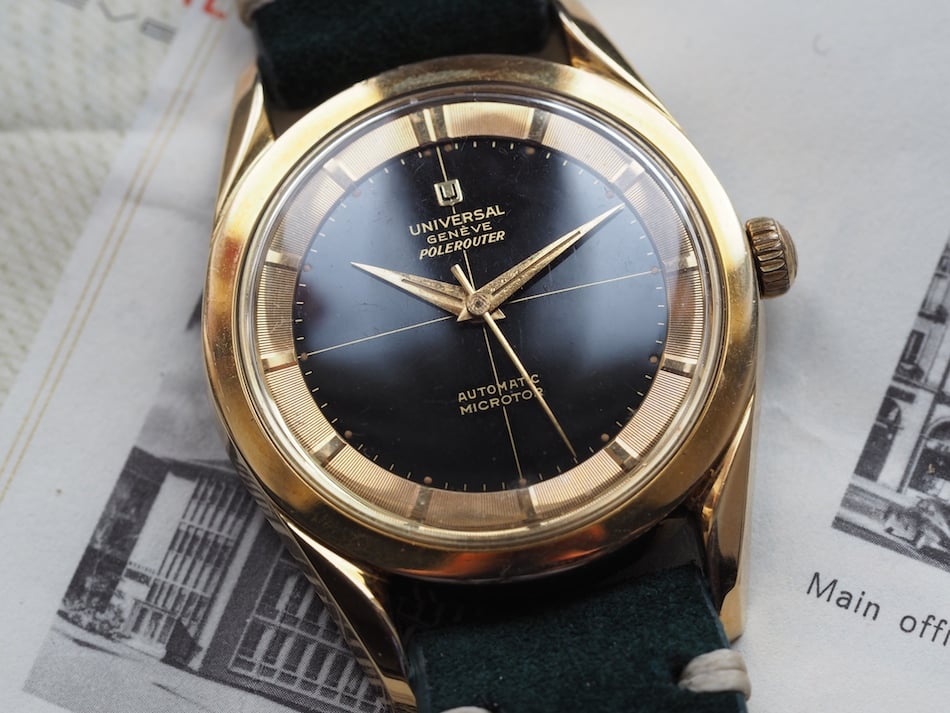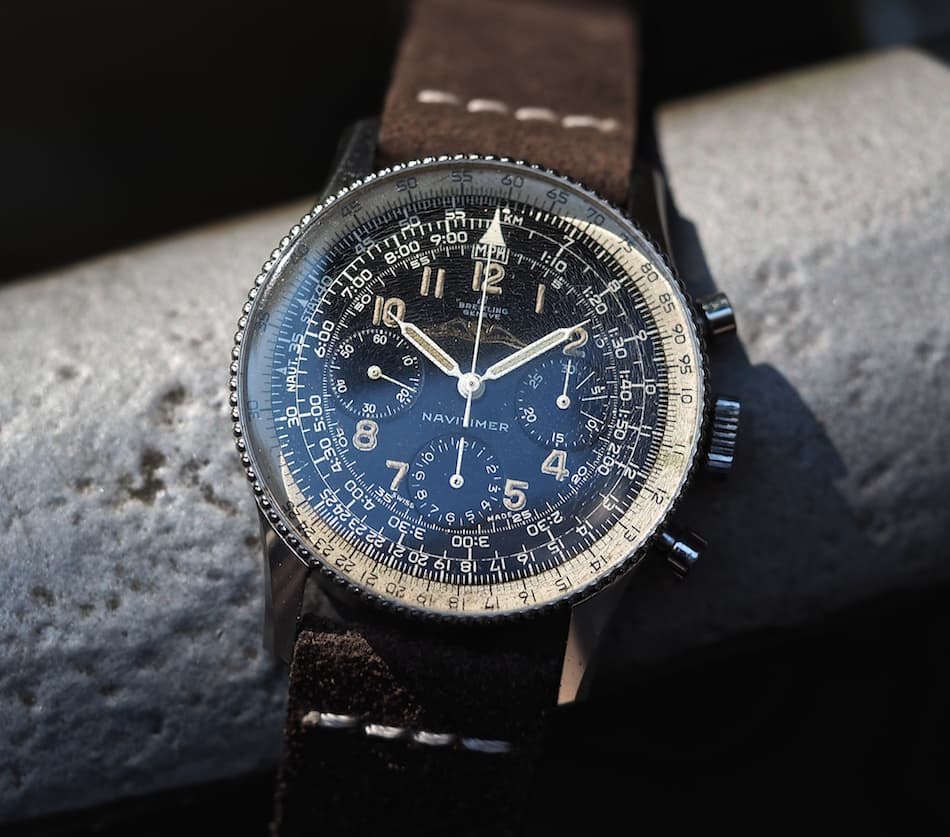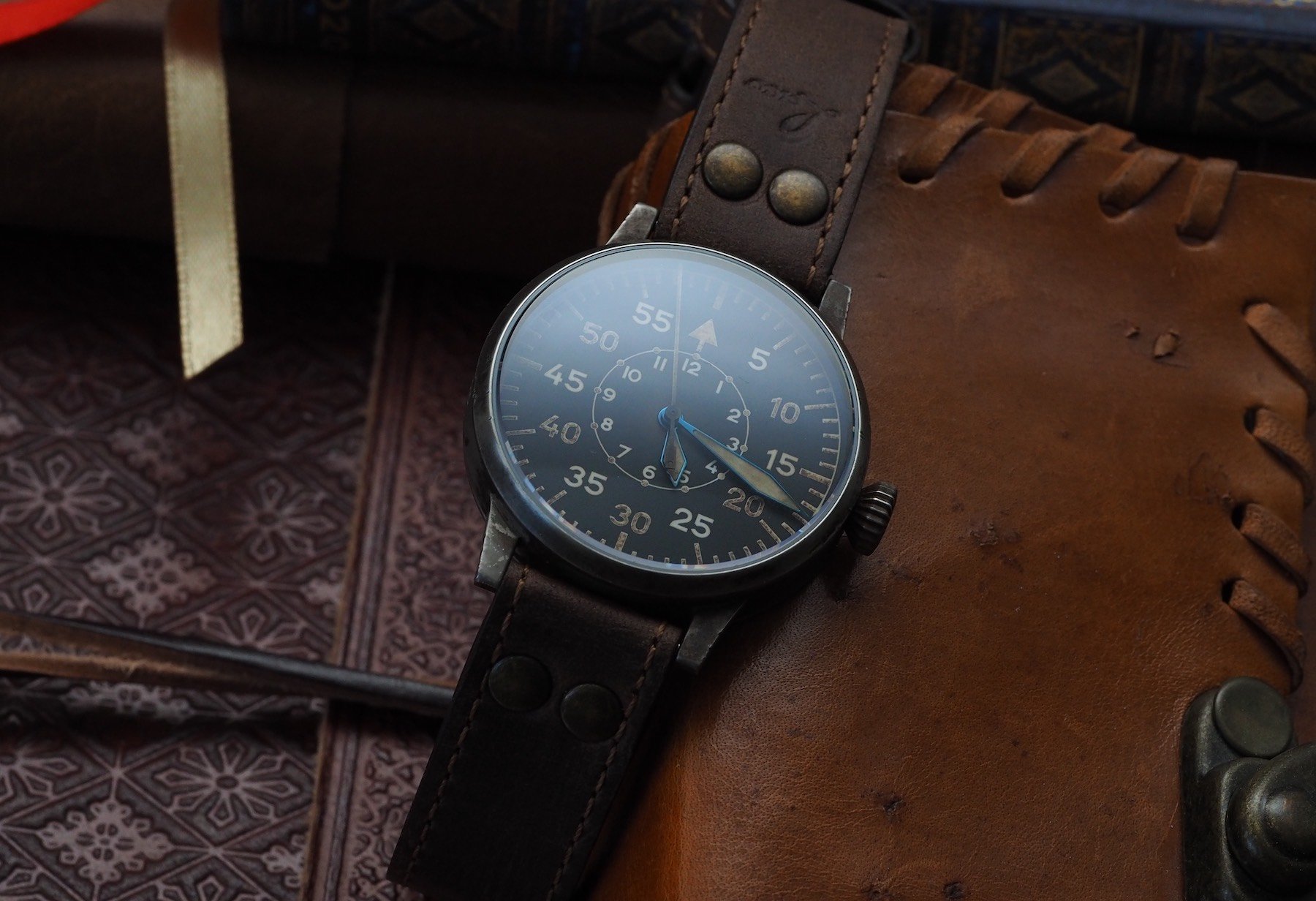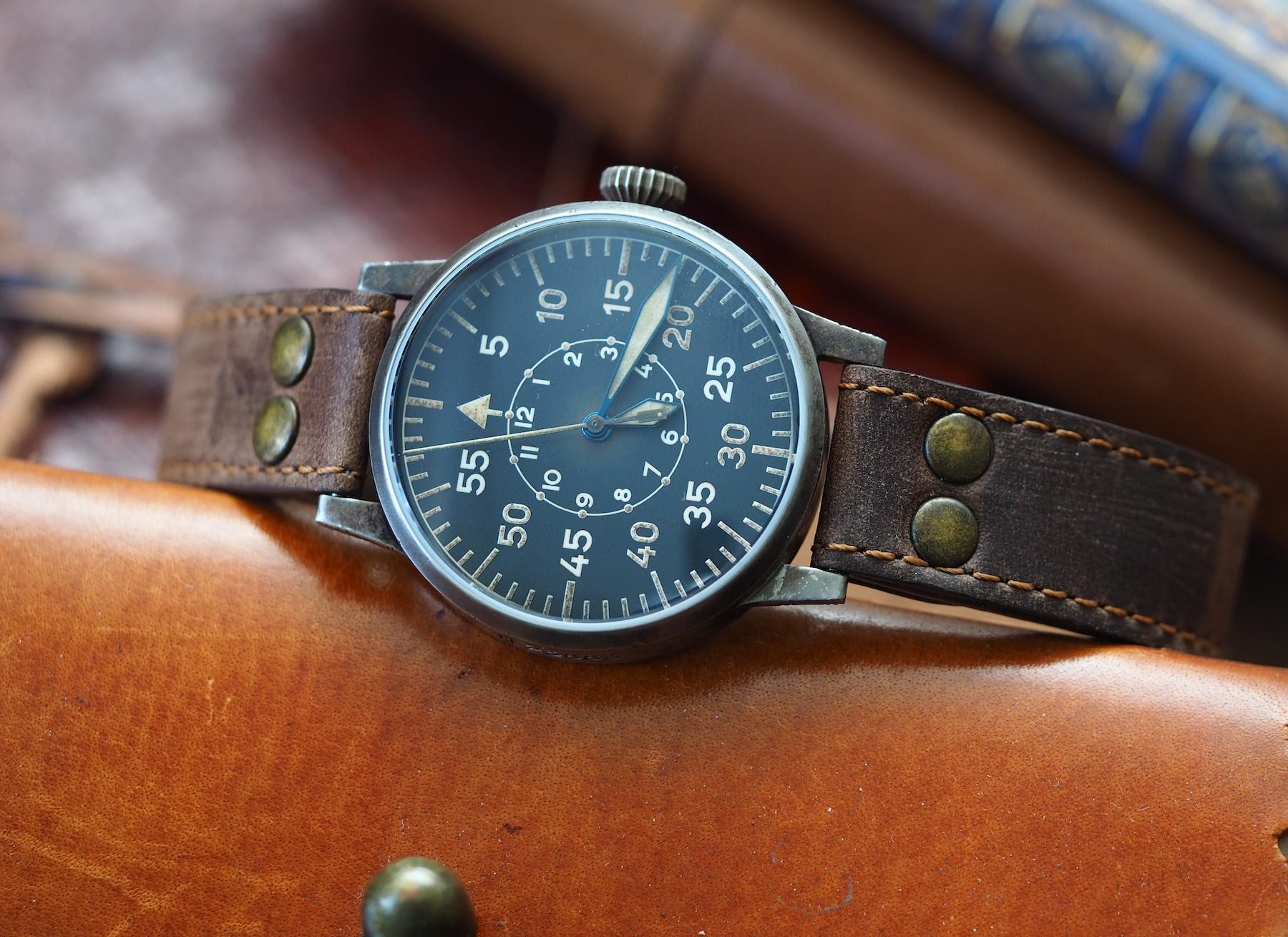You Asked Us: What Watches Do Pilots Wear?
So here’s a somewhat romantic notion: pilots, God love them, are all obsessed with expensive luxury watches. So much so, in fact, that an entire category of watches is named after them. Except that’s not really true is it? Let’s submit ourselves for a quick reality check so we can take this worthwhile question from the mailbag and chuck it in the trash where it belongs.
Modern-day pilots do not exclusively wear pilot’s watches. Pilots are, aside from incredibly important pillars of any society that embraces air travel, humans. They are people. They wear whatever the heck they please. And no, I’m not being facetious — this is true. The vast majority of planes have control panels crammed full of useful gadgets to help the plane’s operators fly and land it. And therefore, pilots are far more likely to wear a watch that aids their personal life rather than their professional careers.
Surely…quartz would be far more appropriate?
That logic might lead you to think that the most likely complication to find on a pilot’s wrist would, therefore, be a GMT. This is a reasonable assumption, but not so useful for short-haul pilots. Still, it doesn’t hurt to stay abreast of times around the world when your industry is concerned with carrying people from one part of it to another, but does that necessitate a mechanical timepiece? Surely, for the majority of real-life pilots, something cheap, cheerful, and, crucially, quartz would be far more appropriate?
A genre from another time
“Pilot’s watches” are big, legible timekeepers inspired by the very early days of aviation, when something like a dash clock couldn’t be taken for granted. Pilot’s began wearing watches en masse during the first World War. In that situation, accurate timekeeping to keep track of maneuvers and estimating distance traveled were essential. Large crowns and, later, pushers were installed so they could be easily grasped and operated while wearing gloves. But these days are long since past. The design codes of early pilot’s watches remain, but they have nothing whatsoever to do with pilots these days.
An inspirational era
Perhaps the period that most inspires the fashions among pilots today is the heyday of air travel — the 1950s-1960s. This was a golden age of life above the clouds. The world was bright with optimism and a much smaller place than it had ever been before. Classic timepieces — watches that really do evoke the spirit of aviation — debuted during these decades. The Universal Geneve Polerouter, the Rolex GMT Master, and the Breitling Navitimer to name just three. These classics have endured for a reason. They are joyful watches. They are not heavy with the memory of war and loss. These watches make us want to fly.
…others prefer the electronic reliability of Casio or Timex…
The modern iterations of the Navitimer and the GMT Master (II) are, of course, best-selling pieces. And yes, they are popular among pilots — as are both brands in general. But a great many more brands work their way onto real-life pilot’s wrist too. Some love Omega and Fortis as mechanical alternatives; others prefer the electronic reliability of Casio or Timex…
Whatever works
The truth is, pilots in a cockpit and pilots in the pilots’ lounge are two very different animals. Piloting a plane is serious business and professional instruments for that task (like the Breitling aerospace, for example) will always win out over more homage pieces like the beautiful Laco pictured above and below or wide portion of IWC‘s incredibly famous range. But for those of us that find ourselves drawn to the history of aviation, to its gritty, often bloody roots, these highly legible, uncompromisingly functional timepieces are always going to appeal. Just don’t expect to see one strapped to the wrist of your Easyjet pilot on your next hope over from Berlin to London (although you never know)…
Why not share with us your favorite travel watches and stories of real-life pilots you know or have met and the watches they wear. Better still, if YOU are a pilot, then answer the question personally! And please let us know what other pilots you’ve known throughout your career choose to wear, when they choose to wear them, and why.




